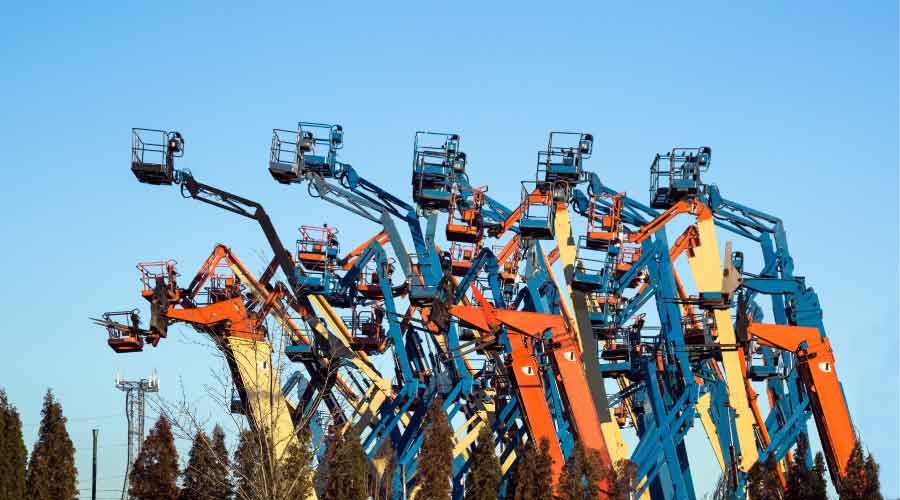Green Purchasing: Consider VOCs, Water Use, Energy Efficiency
Among the many decisions involved in renovations, the conscientious selection of products and materials is integral to the success of a project in terms of ultimate function, building performance, and environmental impact. As managers undertake renovation projects to address a particular facility need or goal, products and materials used in the project must be appropriate and meet that function.
To make the project and the building more environmentally responsible, managers need to look further into the material sources and performance capabilities of products to select those with sustainable characteristics.
With the flood of green products into the marketplace, identifying sustainable purchasing options certainly can be daunting. While weighing the many possible sustainable characteristics for various goods, managers need to remember that no product is completely sustainable.
When evaluating the environmental impact of materials, managers should look for products with high levels of recycled content, sustainable sourcing methods, little or no toxicity, and local origins, harvesting, or manufacturing. As part of its Environmentally Preferable Purchasing program, the U.S. Environmental Protection Agency (EPA) provides useful guidelines for product selection and targets for recycled material content in construction materials.
Also, managers can use various standards that identify maximum levels for volatile organic compound (VOC) emissions for products that include adhesives, coatings, sealants, and paints. If manufacturers do not publish material contents or other sustainable characteristics, managers should ask.
It also is environmentally and financially beneficial over a product's life cycle to select durable and versatile goods. If a product has a long performance life or facilities can reuse it, that durability reduces the adverse effects of producing a new item and reduces waste by not having to discard the item. Managers also can consider salvaging and reusing any materials already in the building as part of the renovation.
Finally, design considerations should include using products that improve building performance, including energy-efficient equipment, water-saving fixtures, and appropriate insulation, among others. Balancing the nature of a product's environmental impact, its various attributes, long-term functionality, and financial value makes product selection challenging. But including these characteristics in purchasing decisions often can affect the project's impact on the environment.
Related Topics:














